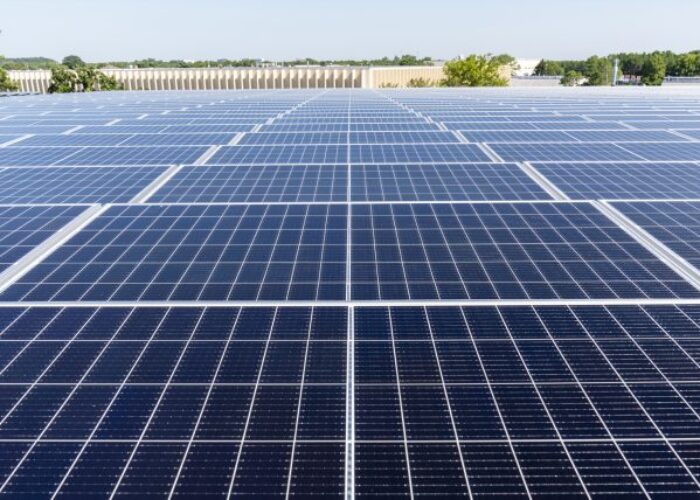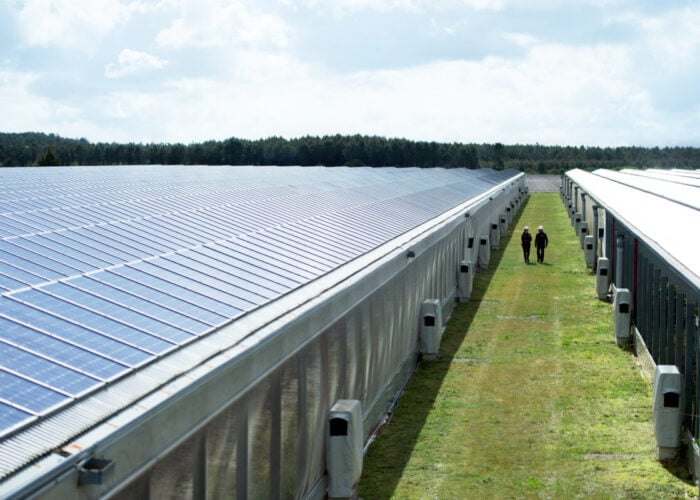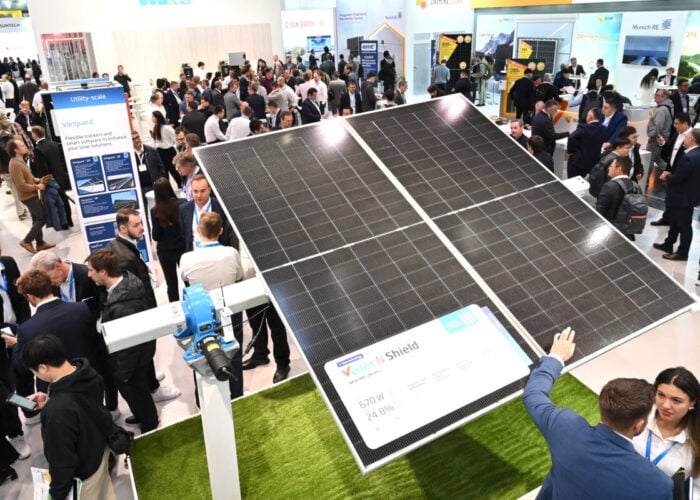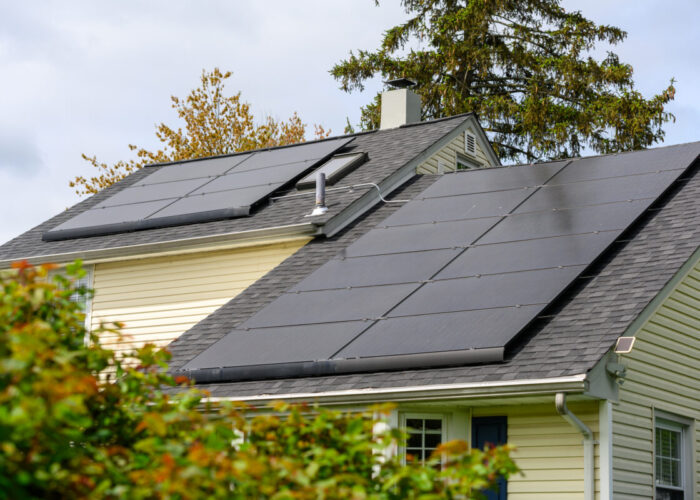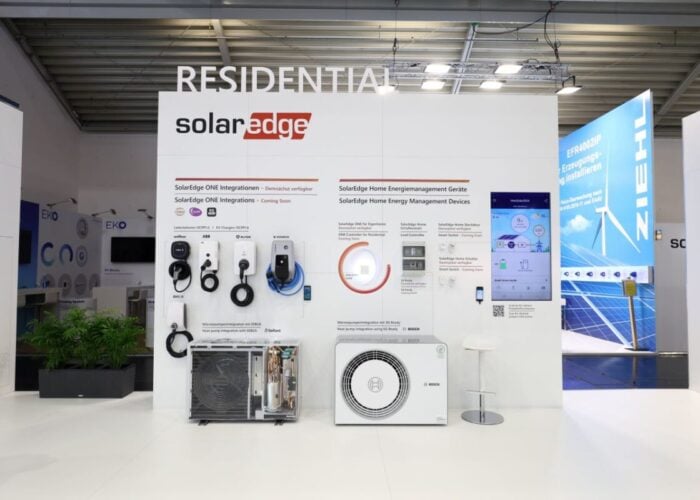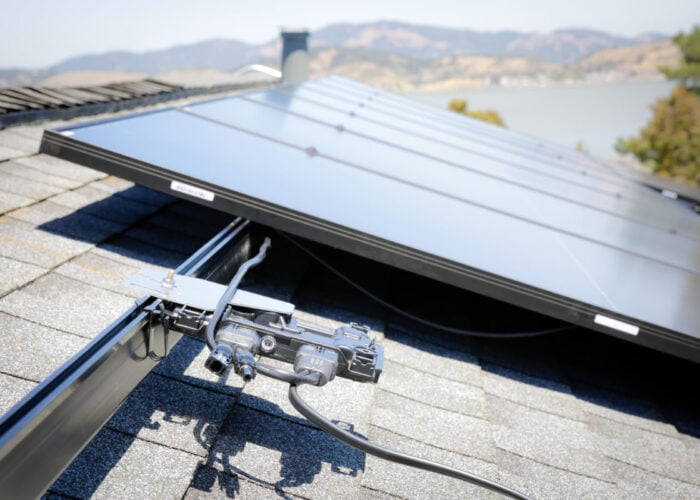
Results season, those four spells in a year when listed companies are obliged to inform shareholders of their quarterly performance, can deliver all kinds of insight into a specific sector’s health. This has perhaps been doubly true this year, with company results perceived to be something of a barometer of any given market’s response to the COVID-19 pandemic that continues to be felt the world over.
Solar, and the ongoing Q2 quarterly results season, is no different. After a cautious Q1, which saw something of a limited impact from the coronavirus as, it was widely expected that the second quarter of the year – taking into account the three months until 30 June 2020 – would offer a clearer picture on the extent that solar’s downstream had been affected.
Unlock unlimited access for 12 whole months of distinctive global analysis
Photovoltaics International is now included.
- Regular insight and analysis of the industry’s biggest developments
- In-depth interviews with the industry’s leading figures
- Unlimited digital access to the PV Tech Power journal catalogue
- Unlimited digital access to the Photovoltaics International journal catalogue
- Access to more than 1,000 technical papers
- Discounts on Solar Media’s portfolio of events, in-person and virtual
And while this is certainly true to an extent, it has also indicated that the COVID-19 tail could be longer than anticipated.
The US residential solar sector was expected to be particularly hard hit, with the pandemic having ravaged the US throughout much of the reporting period. Key markets were subject to lockdown measures, disrupting the entire sales process, right the way through from first sale point of contact to commissioning. April was marred by job losses and profit warnings as installers and US-based manufacturers alike warned of sizeable declines in activity. The likes of Sunrun, Vivint and Enphase Energy – amongst many others – were forthright in their acknowledgement that Q2 was expected to be supremely difficult.
But as Q2 progressed, a sense of near calm washed over the industry. Anecdotal evidence suggested that, slowly but surely, activity was returning to something approaching pre-COVID levels. While specific markets – perhaps most notably New York and California – had endured longer lockdowns due to spiralling infection rates, by the end of April and mid-May, others had re-opened in earnest and bookings were taking place.
This has now been borne out in most companies’ Q2 results, with many beating guidance on the back of better-than-expected activity. Vivint, having guided around 38MW of installs in Q2, saw 44MW deployed. Sunrun meanwhile said the worst of the pandemic’s impact on its business had been confined to April, and the company was now targeting 20% growth sequentially as it rebounded.
While sequential quarterly growth of 20% is not to be dismissed, as one analyst suggested to Sunrun chief Lynn Jurich during the company’s investor call last week, such performance would still see the company report Q3 figures below those recoded last year. Likewise, while inverter manufacturer SolarEdge’s global strength was pivotal to it recording an increase in revenue in Q2, it continues to be cautious over its prospects in the third quarter of the year and has indeed sought to make the business leaner moving forward.
Enphase Energy too expects its Q3 revenue to fall in the US$160 – 175 million range, short of the US$180 million it recorded in the corresponding period last year.
As ever, when businesses experience hardship, the reverberations are more often than not felt by the sector’s workers. Trade associations have been at great pains to explain that, as employment figures in the US will attest, any comprehensive recovery or return to normality in the sector is taking its time. After an initial surge of new jobs in clean energy sectors recorded in June, last month saw that progress ground to a halt. While 17,000 jobs in renewables were created in June, less than 600 were created in July. There are fears August could be worse still, and possibly even see the number of those employed in the sector fall once again. At the current rate of recovery, it will be more than 15 years before COVID’s damage is undone.
ACORE, E2 and E4TheFuture, the parties which have undertaken the analysis, are steadfast in their opinion that without Congressional support, the recovery will be going nowhere fast. “What is needed most right now is temporary refundability of renewable tax credits so projects can continue to move forward despite an increasingly constrained tax equity market, and a delay in the scheduled phasedown of existing tax credits.
“Enacting these common sense emergency relief measures into law would stem ongoing job losses in every state and enable the renewable industry to help power the nation’s economic recovery,” Gregory Wetstone, president and chief executive at ACORE, said last week. With Congress having now risen for August and a presidential election race about to get into full swing, such relief measures could be sometime away yet.
While Q2’s results season unquestionably provided cause for optimism, there’s now strong evidence to suggest that hopes for a V-shaped recovery are ambitious at best. Instead, the industry must navigate COVID-19’s long tail for a little longer yet.

